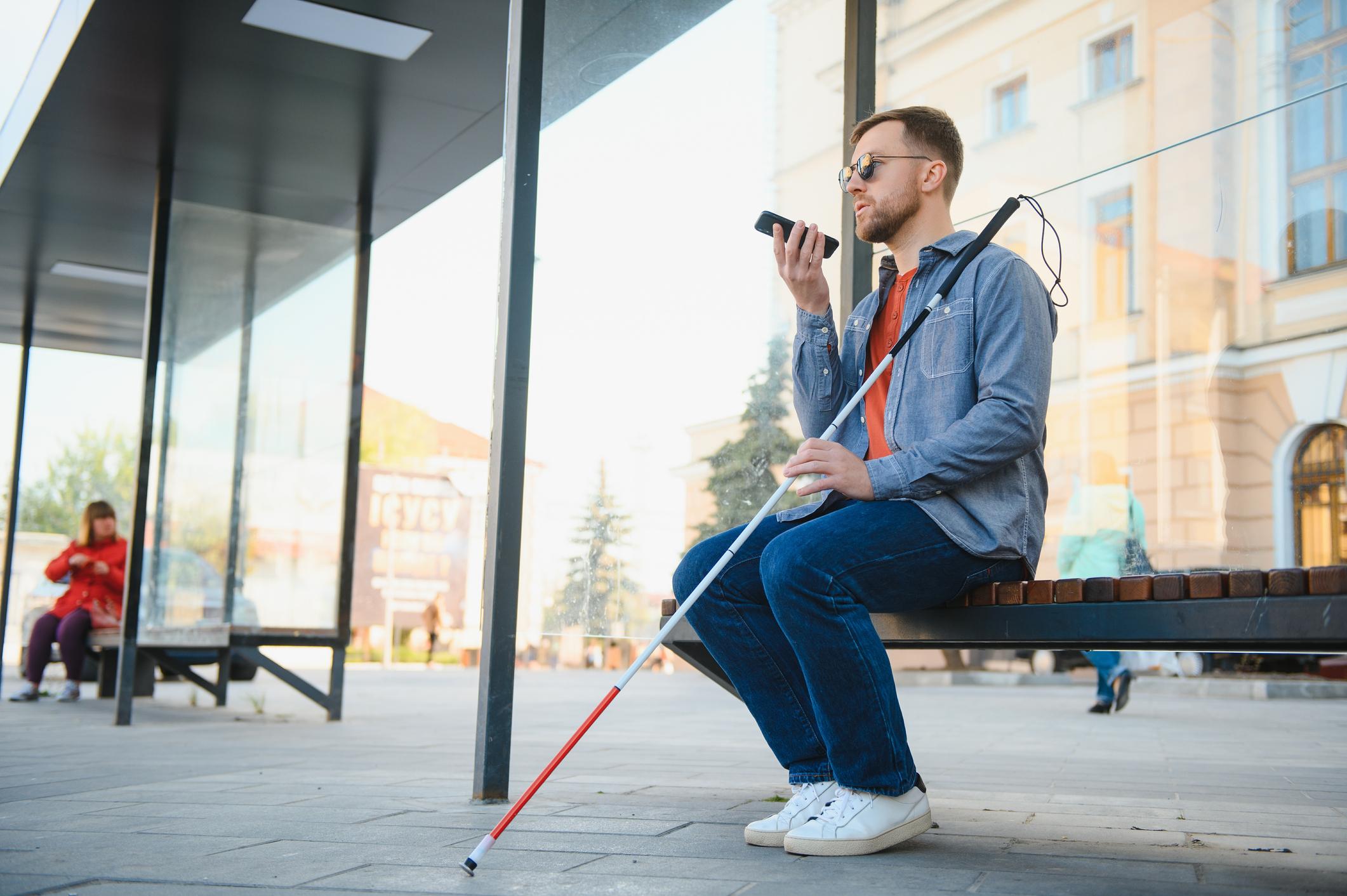The part of the brain that receives and processes visual information in sighted adults develops a unique connectivity pattern in patients deprived of their sense of sight since birth.

- In adults born blind, the primary visual cortex has a stable pattern of connections that is unique to each person, similar to a fingerprint.
- It has remained stable over time and does not change significantly depending on the task at hand.
- “Our results suggest that experiences after birth shape the various ways in which our brains may develop, particularly if we grow up without sight,” the authors said.
Even without vision, the primary visual cortex in people born blind is not insensitive. Indeed, it responds to a wide range of stimuli, including touch, smell, sound localization, memory recall, and language response. However, researchers have several questions about the constancy of its role and whether it may exhibit flexibility in its function over time due to the lack of a common thread connecting the tasks that activate the primary areas of the visual cortex.
Primary visual cortex connectivity varies considerably among blind patients
In a recent study, published in the journal Proceedings of the National Academy of Sciences (PNAS)scientists from Georgetown University (USA) wanted to analyze how the brain adapts in people born blind. To do this, they recruited a small sample of adults deprived of the sense of sight since birth. They underwent MRI scans several times over a two-year period. The team used a neuroimaging technique to analyze neuronal connectivity in the brain.
According to the results, the connectivity pattern in people born blind is more different from person to person, like an individual fingerprint, and is stable over time, so much so that the individual person can be identified from the connectivity pattern. “We don’t see this level of variation in visual cortex connectivity in individuals who can see; visual cortex connectivity is generally quite constant,” said Ella Striem-Amitlead author of the work.
“Experiences after birth shape the various ways our brains can develop”
The authors found that these patterns did not change significantly depending on the task at hand, whether participants were localizing sounds, identifying shapes, or simply resting. “Our findings suggest that experiences after birth shape the various ways in which our brains can develop, particularly if we grow up blind. Brain plasticity in these cases frees the brain to develop, perhaps even for different possible uses of the visual cortex in different people born blind,” explained the researcher.
According to the team, understanding each person’s individual connectivity may be important to better tailor rehabilitation and vision restoration solutions to blind people, each based on their own brain connectivity pattern.















